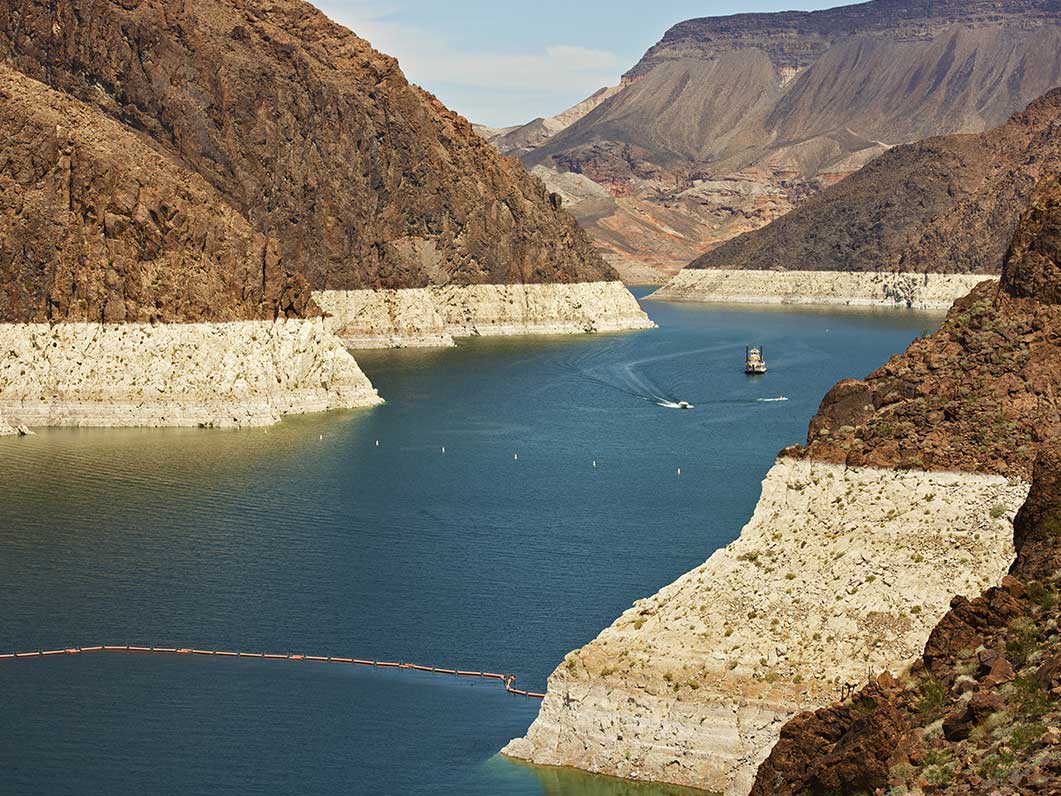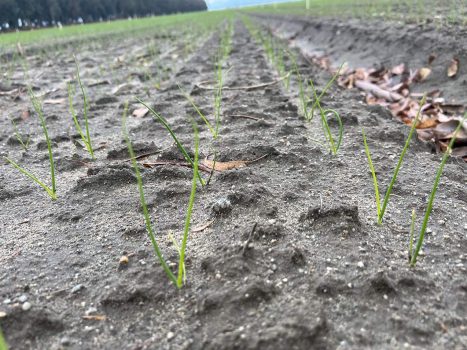
The Biden administration announced on April 11 proposed actions that “would significantly reduce water supplies in seven western states amid severe drought conditions that stretch back decades,” with some key onion growing regions included in the 5.5 million acres involved.
Fox News reported in a story posted at https://www.foxnews.com/politics/biden-admin-outlines-plan-cut-vital-water-supplies-western-states that the Department of the Interior released a draft proposal highlighting “two potential actions it could take to combat the Colorado River Basin’s deteriorating water levels.” A third option, the story said, is a “no action” alternative in which the government would take further steps and maintain the status quo.
The two proposals “each consist of federally-mandated supply reductions for states that are dependent on the river system which provides water for more than 40 million Americans and is vital for western states’ economies.” Under the first proposed action by the DOI, the “Lower Basin states would undergo water supply reductions based on seniority of the entities that receive water from the reservoirs.”
The story said, “Such a proposal would benefit the agriculture industry in California including the Imperial Irrigation District, a senior water rights holder that uses Colorado River water to supply about 500,000 acres of farmland, the Los Angeles Times reported. The action, though, would disproportionately negatively impact junior water rights holders like an Arizona entity that supplies water to Phoenix.”
And the DOI’s second proposed action “would result in even water supply reductions across the Lower Basin states regardless of seniority,” Fox News said. “That proposal would lead to less water for farmers in California that supply the U.S. with a large share of the nation’s vegetables and fruits.”
Fox said that both the proposals “would entail progressively deeper supply reductions based on how much Lake Mead’s level declines. The federal government could cut supplies by up to two million acre-feet, the equivalent of 652 billion gallons of water.”
In making the announcement, DOI Deputy Secretary Tommy Beaudreau said, “Failure is not an option. Recognizing the severity of the worsening drought, the Biden-Harris administration is bringing every tool and every resource to bear through the President’s Investing in America agenda to protect the stability and sustainability of the Colorado River System now and into the future.”
The Colorado River overall “provides water resources to seven states which are divided into two groups: the Upper Basin and Lower Basin. The Upper Basin consists of Colorado, New Mexico, Utah and Wyoming while the Lower Basin includes Arizona, California, and Nevada,” Fox reported.
“While Upper Basin states mainly receive water from smaller rivers that branch off the Colorado River, the Lower Basin states largely receive water pooled in Lake Powell, a man-made reservoir along the Utah-Arizona border, and Lake Mead, a reservoir along the Nevada-Arizona border. The Glen Canyon Dam in northern Arizona and Hoover Dam in southern Nevada are able to control water flows from the respective reservoirs to the Lower Basin states.”
The story said that according to federal stats, “Lake Powell’s level has dropped to about 3,520 feet and Lake Mead’s level has dropped to 1,046 feet. The two reservoirs’ respective dead pool levels are estimated to be 3,370 feet and 895 feet.”
Featured image: Adobe stock, Lake Mead



